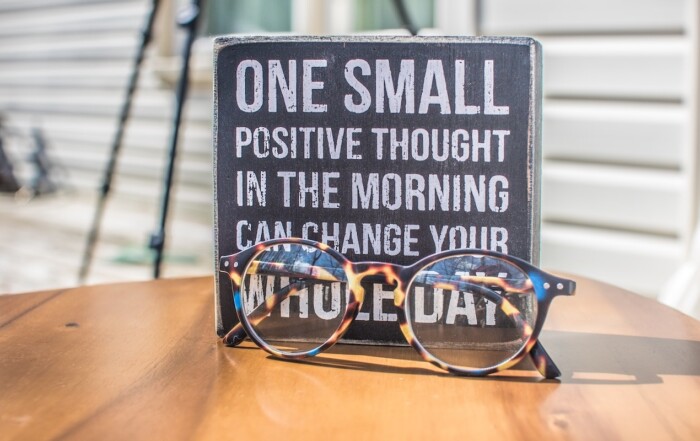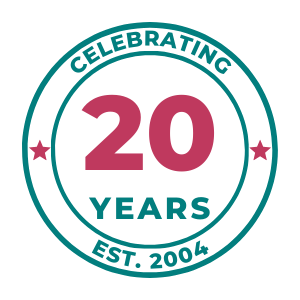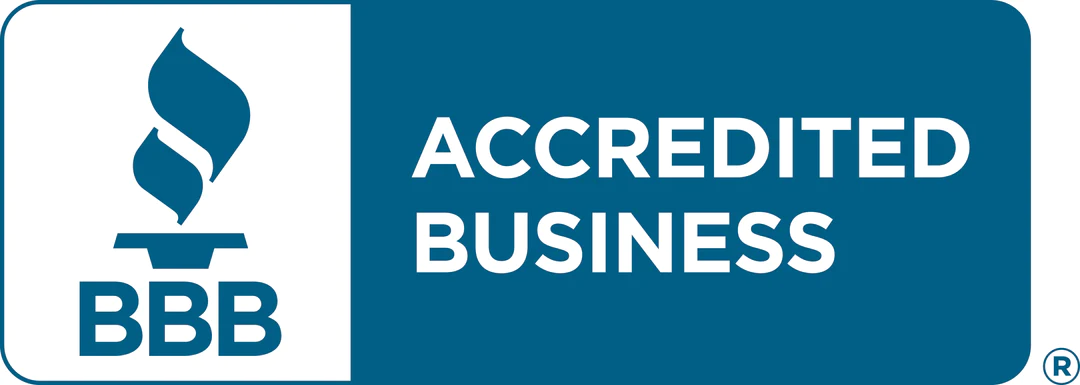College Admissions Tips and Guidance
Spotlight: Chicago Colleges
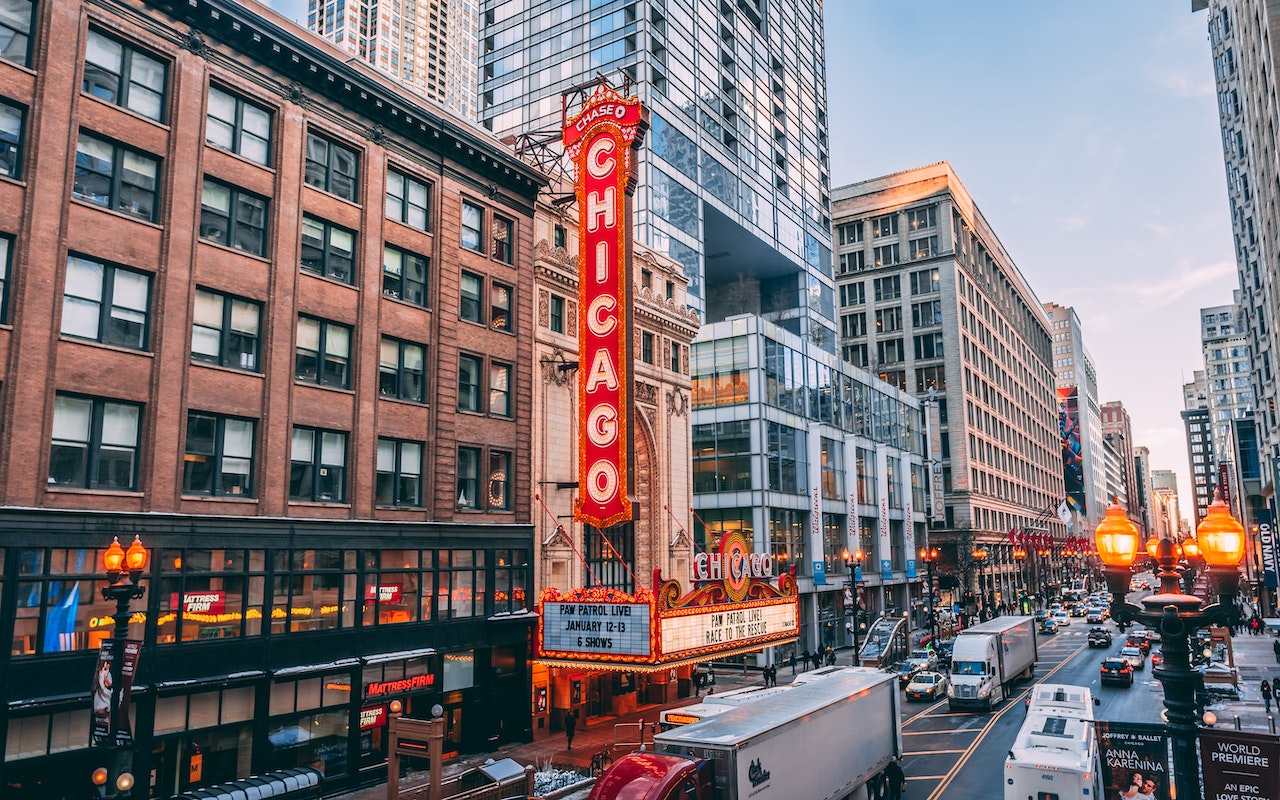
Explore Our Articles
Recent Posts
Popular Categories
Get In Touch
On Social
By Phone or Text
(617) 734-3700
By Mail or Email
1678 Beacon Street
Brookline, MA 02445
By Form
Educational Advocates
Our objective is to guide the family in finding options where the student will not only get admitted, but thrive and find success once on campus.
Spotlight: Chicago Colleges
I recently toured five Chicago colleges as part of the Independent Educational Consultant’s Association conference. Here are profiles:
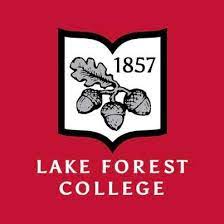 Lake Forest College is a small liberal arts college located in a beautiful town 30 miles north of Chicago. Its safe residential campus has a beach within walking distance, and its easy access to Chicago via commuter rail is very appealing to Lake Forest’s growing student body of 1550+ students. One outgrowth of this unique situation is a recent $1.1 M Mellon grant to study race in Chicago, which is funding new courses and partnerships with major organizations in Chicago.
Lake Forest College is a small liberal arts college located in a beautiful town 30 miles north of Chicago. Its safe residential campus has a beach within walking distance, and its easy access to Chicago via commuter rail is very appealing to Lake Forest’s growing student body of 1550+ students. One outgrowth of this unique situation is a recent $1.1 M Mellon grant to study race in Chicago, which is funding new courses and partnerships with major organizations in Chicago.
The college has thoughtfully redesigned its general education curriculum, to encourage students to take risks and try new things. Oral and written communication are stressed, although there is no foreign language requirement. Lake Forest’s best and most popular majors include business, finance, communication, psychology, biology, neuroscience, and English. There is a new data science major as well as campus investments that include new neuroscience facilities.
The faculty is very student-focused, and advising is plentiful. Students are automatically connected with the Center for Academic Success if they receive two low grades. Professors have individual conversations with each student for whom they receive learning accommodation letters each semester.
Freshman seminars are capped at 16 and professors become students’ advisors. These seminars include full-day field trips to get to know Chicago. Typical class sizes range from 13-25, with some introductory courses ranging into the high 20’s. Lake Forest also has a Chicago campus where students can live and take courses.
“Foresters” are active members of the Division III Midwest conference, and no classes are scheduled between 4 and 7 PM so athletes can attend practices without conflicts. Lacrosse and rugby are popular club sports, and the college boasts a golf lab. Greek life is available and attracts about 20% of students.
Lake Forest is test optional, although interviews are required of these candidates. The school reports that they are experiencing the greatest growth in their top academic band of students. 95% of accepted students receive some form of aid, and 99% receive the same amount for four years. It’s easy to estimate merit aid using this rubric on their website. The requirement to maintain a minimum GPA to continue receiving aid has been removed, as administration saw that students were playing it safe to protect their GPA’s and wanted to change this. The student body is diverse with 30% domestic students of color and 32% Pell Grant eligible (an indicator of a commitment to socioeconomic diversity).
Lake Forest is a good choice for students looking for a small liberal arts experience near a large, vibrant city.
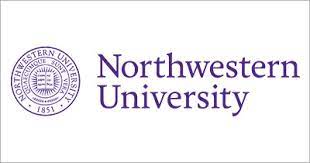 Northwestern is a highly selective university located in Evanston, IL with direct frontage on Lake Michigan just north of Chicago. Its 8,000 undergrads come from all states and 75 countries. Our admissions representative shared that they received 40,000 applicants for the freshmen class of 2,000, and the majority are numerically qualified. Northwestern accepts half the incoming class via early decision because this helps them discern who “really wants to come,” and they seek students who are “bleeding purple” (school color). Supplemental essays are an important way for candidates to demonstrate how well they know Northwestern and how they would be a good fit. With over 200,000 living alumni, Northwestern notes legacy status, but they are firm that candidates need to stand out on their own to be admitted. Admissions officers stress context, and use each applicant’s transcript and school profile to look for top rigor and achievement within their environment.
Northwestern is a highly selective university located in Evanston, IL with direct frontage on Lake Michigan just north of Chicago. Its 8,000 undergrads come from all states and 75 countries. Our admissions representative shared that they received 40,000 applicants for the freshmen class of 2,000, and the majority are numerically qualified. Northwestern accepts half the incoming class via early decision because this helps them discern who “really wants to come,” and they seek students who are “bleeding purple” (school color). Supplemental essays are an important way for candidates to demonstrate how well they know Northwestern and how they would be a good fit. With over 200,000 living alumni, Northwestern notes legacy status, but they are firm that candidates need to stand out on their own to be admitted. Admissions officers stress context, and use each applicant’s transcript and school profile to look for top rigor and achievement within their environment.
Candidates apply directly to one of the six undergraduate schools: the Weinberg School of Arts and Sciences, the School of Communication, the School of Education and Social Policy, the McCormick School of Engineering and Applied Science, the Medill School of Journalism, Media, Integrated Marketing Communications, and the Bienen School of Music. Students report not feeling locked in because it is relatively easy to switch majors or double major. 80% of classes have 20 students or less, and the school operates on a 10-week-long quarter system.
Students are very self-motivated and involved in over 500 student organizations. Their pre-professional outlook leads many Northwestern students to focus on building their resumes though internships and the Garage, a start-up hub on campus that awards a $100,000 prize in an annual competition. 40% go Greek in a delayed recruitment process. Just 30% are involved in undergraduate research. Students report that professors are dedicated to their development. Students are motivated to meet major and minor requirements, while also valuing the “idea of hitting something deeper.”
Northwestern is a good option for a student with high grades and standardized test scores (they are required and three SAT Subject tests are recommended), who would thrive in a competitive environment with lots of academic freedom and resources.
 Loyola University Chicago caught many people’s attention with their fairy tale March Madness run in 2018. It is a Catholic Jesuit school of 11,000+ students located near Lake Michigan in the Rogers Park area north of Chicago. This Lake Shore campus offers a traditional college experience complete with D1 sports, and all first and second year students live and study there. Areas of focus on that campus include arts and sciences, nursing, engineering, and environmental studies. A Water Tower campus of six square blocks is located in Chicago’s city center, offering business, education, communications and social work courses. It includes a residence hall for upper class students and a mini student union. A shuttle service connects the two campuses.
Loyola University Chicago caught many people’s attention with their fairy tale March Madness run in 2018. It is a Catholic Jesuit school of 11,000+ students located near Lake Michigan in the Rogers Park area north of Chicago. This Lake Shore campus offers a traditional college experience complete with D1 sports, and all first and second year students live and study there. Areas of focus on that campus include arts and sciences, nursing, engineering, and environmental studies. A Water Tower campus of six square blocks is located in Chicago’s city center, offering business, education, communications and social work courses. It includes a residence hall for upper class students and a mini student union. A shuttle service connects the two campuses.
All candidates can apply to Loyola Chicago undecided or as direct admits into majors, and changes between majors are permitted. Nursing is the only major that requires direct admission and transfers into that major are not available. Loyola’s Institute of Environmental Sustainability was created ten years ago and reflects that caring for our planet is a Jesuit value. Biodiesel fuels Loyola’s campus shuttles, and the bathroom soap is a byproduct of that production process. Loyola focuses on being the destination for studying and implementing environmental programs in an urban environment.
Although it is a religiously-affiliated school, students report that the atmosphere is very tolerant. One example is that Loyola encourages students to reach out about issues like housing if they have identity based concerns.
Loyola Chicago has its own free online application and does not accept the Common Application. It could be a good choice for students seeking a warm and caring community with the advantages of being in a large city.
 The University of Chicago is a highly intellectual school with a research focus. The atom was first split there, and Chicago professors have been awarded over 10% of Nobel prizes, and 50% of Nobel Economics prizes, including behavioral economics prize winner Richard Taylor. 80% of undergraduates participate in research.
The University of Chicago is a highly intellectual school with a research focus. The atom was first split there, and Chicago professors have been awarded over 10% of Nobel prizes, and 50% of Nobel Economics prizes, including behavioral economics prize winner Richard Taylor. 80% of undergraduates participate in research.
Chicago prides itself in a spirit of exploration through core curriculum, and asks every student to choose from eight or nine course options in the same set of eight course areas. Although the school is known for strength in the sciences and economics, these areas include humanities, social sciences, civilization, foreign language (40 are offered), art, music, drama and creative writing.
Chicago has only one undergraduate college, and all 1800 incoming students are admitted as undecided and declare majors at the end of their second year. Majors are open to all–the only one that is capped is a St. John’s College-style great books focused major.
Students live on the beautiful campus for at least two years. It is located in Hyde Park on the south side of Chicago, and has a reputation for high rates of crime, though the reality is more complex as it includes poor, middle class and affluent sections. The neighborhood offers an increasing number of restaurants and other student attractions. Campus housing is based on a coed, multi-aged house system, and many students remain in their house for years.
University of Chicago students would dispute its reputation as “where fun comes to die” and engage in many wacky pastimes, including the world’s largest scavenger hunt, a four-day tradition that started 30 years ago. It includes a scavenger hunt just to find the list, and poses challenges that led to one student building a functioning nuclear reactor in his room much to the administrators’ chagrin! Students have fun in their own ways and report that “Model UN is a D1 sport here.” Take a look at Chicago’s quirky supplemental essay questions to get a taste of their sensibility.
Chicago accepts about 6% of applicants and is a very academically rigorous place. Although it is test optional, students need top grades in very rigorous courses, and need to demonstrate that they are a good fit for this intellectually-engaged environment.
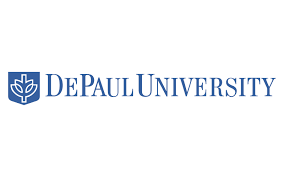 DePaul is our nation’s largest Catholic university and its 14th largest private university. It was founded to serve the needs of immigrants, and now has over 22,000 students, with 14,000 undergraduates. It has two campuses, one in Lincoln Park and also downtown at the Loop. The two campuses are connected by the L (students receive free Chicago Transit passes) and located in between is Cinespace, the largest single movie production studio outside of LA. Every company that works there is required to give two internships to DePaul students. While DePaul offers almost every major imaginable, film and television is the fastest growing major. The most popular majors include public relations and advertising, finance, accounting, psychology, business administration, health sciences, film and television, and performing arts.
DePaul is our nation’s largest Catholic university and its 14th largest private university. It was founded to serve the needs of immigrants, and now has over 22,000 students, with 14,000 undergraduates. It has two campuses, one in Lincoln Park and also downtown at the Loop. The two campuses are connected by the L (students receive free Chicago Transit passes) and located in between is Cinespace, the largest single movie production studio outside of LA. Every company that works there is required to give two internships to DePaul students. While DePaul offers almost every major imaginable, film and television is the fastest growing major. The most popular majors include public relations and advertising, finance, accounting, psychology, business administration, health sciences, film and television, and performing arts.
DePaul admits 65% of applicants and is very welcoming to transfer students. Among the most diverse campuses in the country, DePaul reports that 6% are low income, Pell Grant eligible and from Chicago, and 50% have at least one of those attributes. Our student panelists included one who hailed from a town of sixty in Iowa, another from Vietnam, and several from the South Side. All came to enjoy the vibrancy of Chicago, and because on-campus housing is limited, many make friends and create community through on-campus jobs and clubs. The Catholic influence is not strong, and many describe DePaul’s vibe as “the NYU of Chicago.” All freshmen take a course called Discover Chicago or its alternative, Explore Chicago. These seminars take students out into Chicago to become comfortable navigating the city and explore topics including jazz, the Cubs, Irish Chicago, and the Psychology of Chicago’s Parks.
The Theatre School offers highly competitive conservatory training within a major urban university. The BFAs in acting and stage management require prescreens by December 1st, and other programs must apply by February 1st. Offerings include comedy arts, costume design, playwriting, theatre management, wig and makeup design and technology, and more. Students interested in these programs should check the website for specifics about applying to each.
DePaul University is a good option for students who are invigorated by an urban environment, and who are independent enough to navigate college without a lot of hand holding.
Useful Resources:






